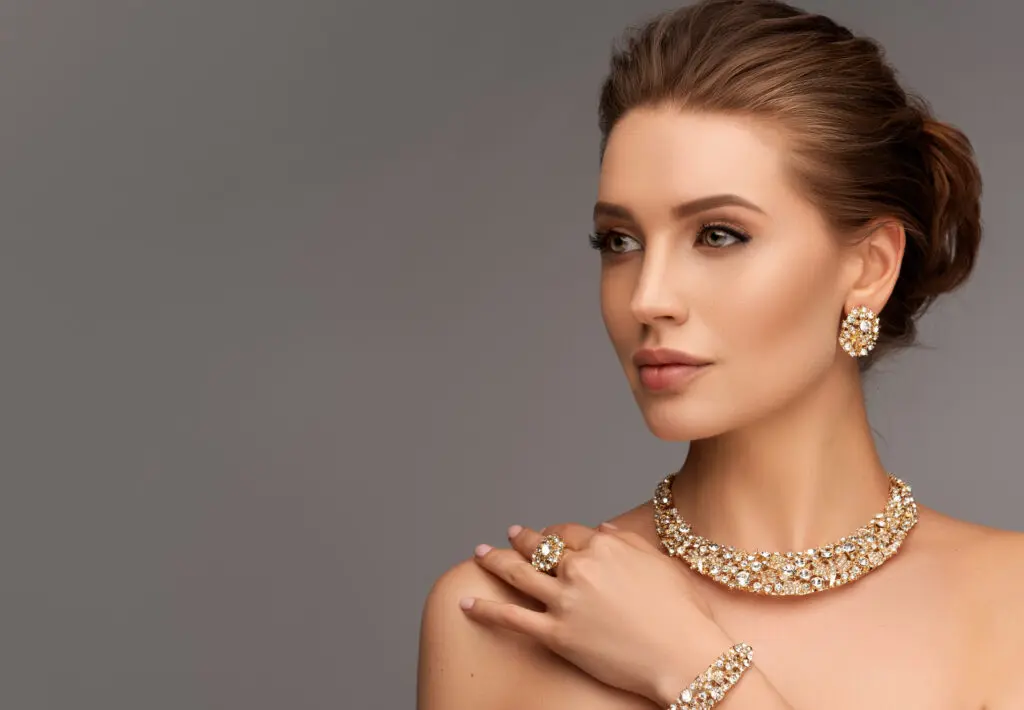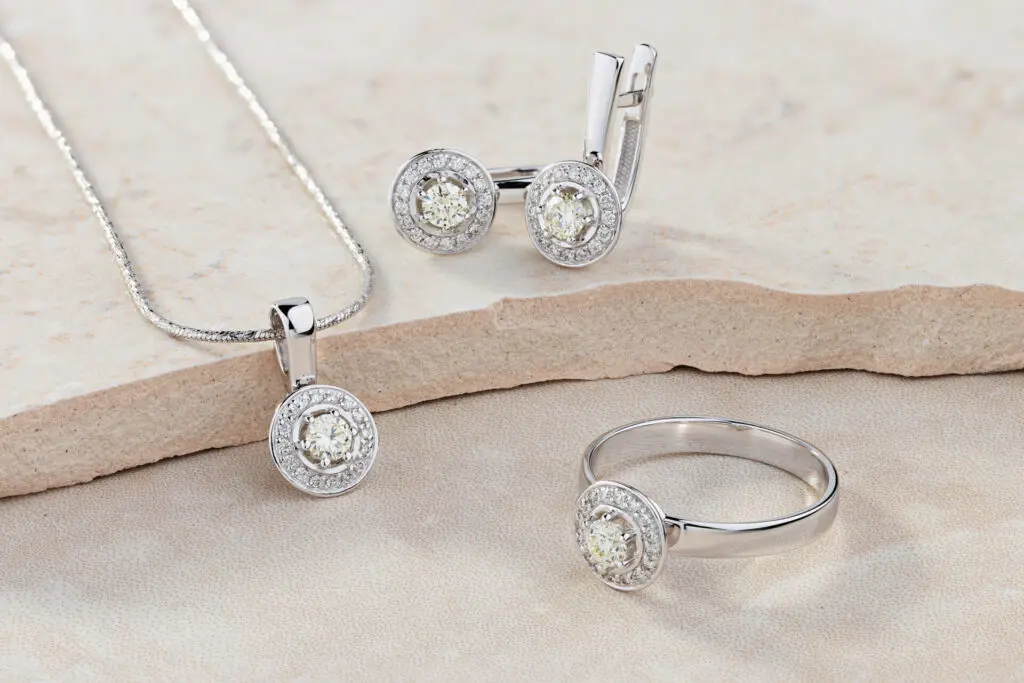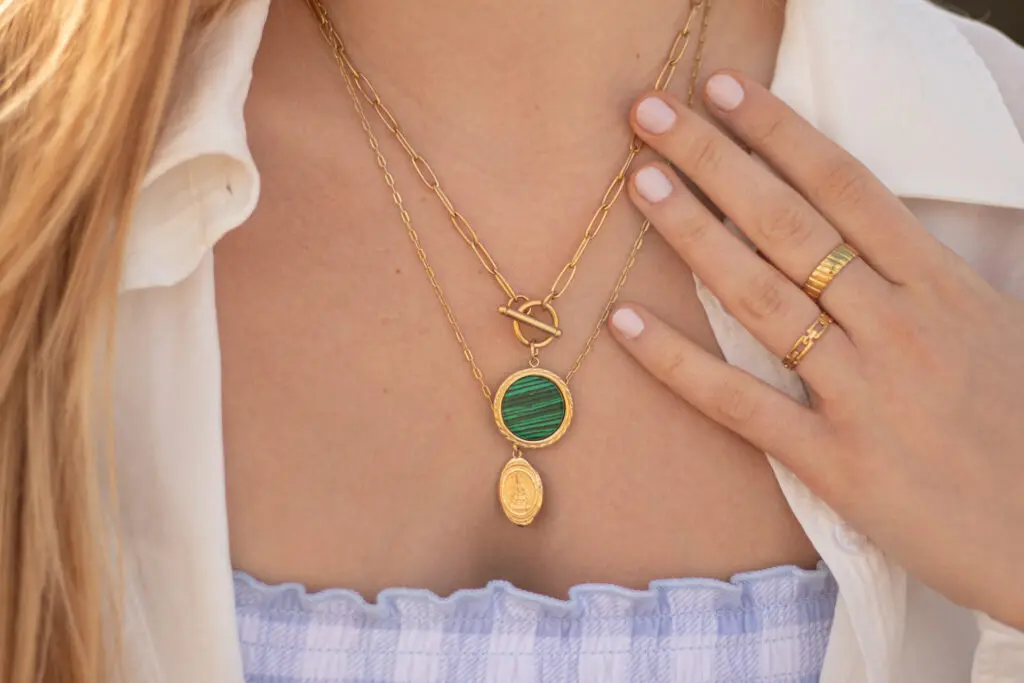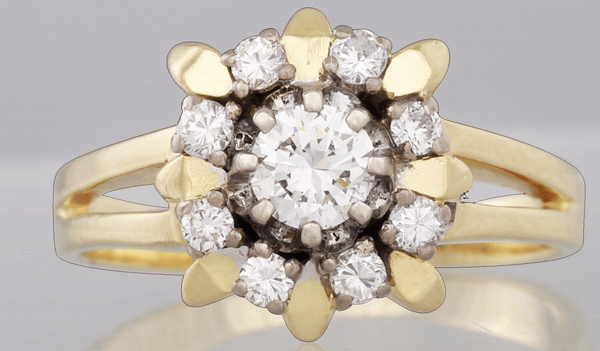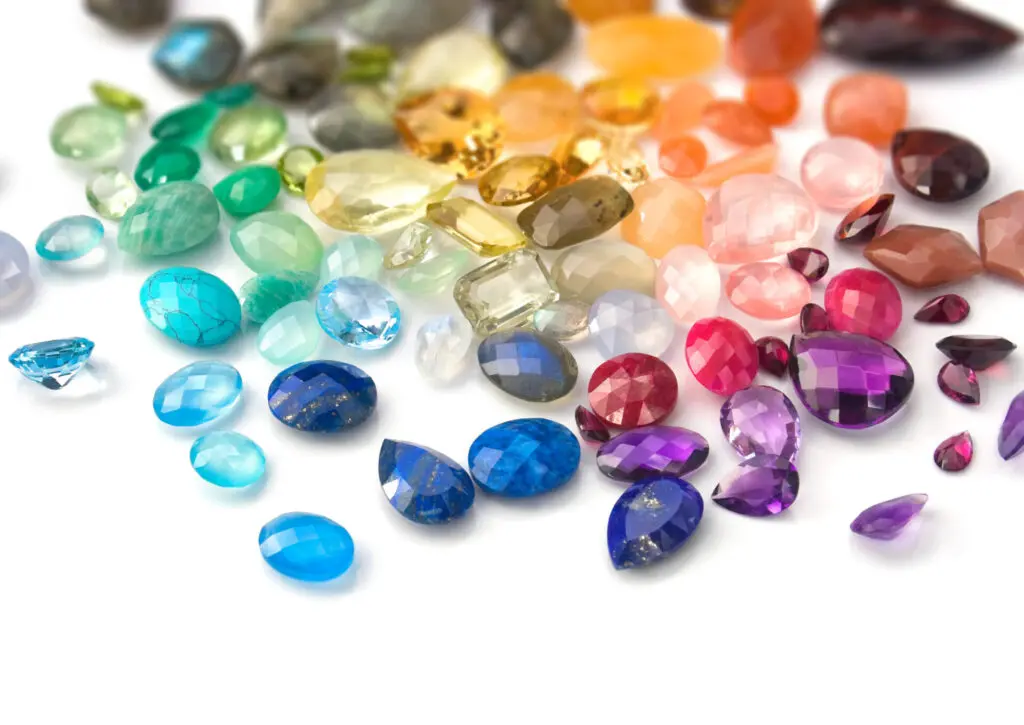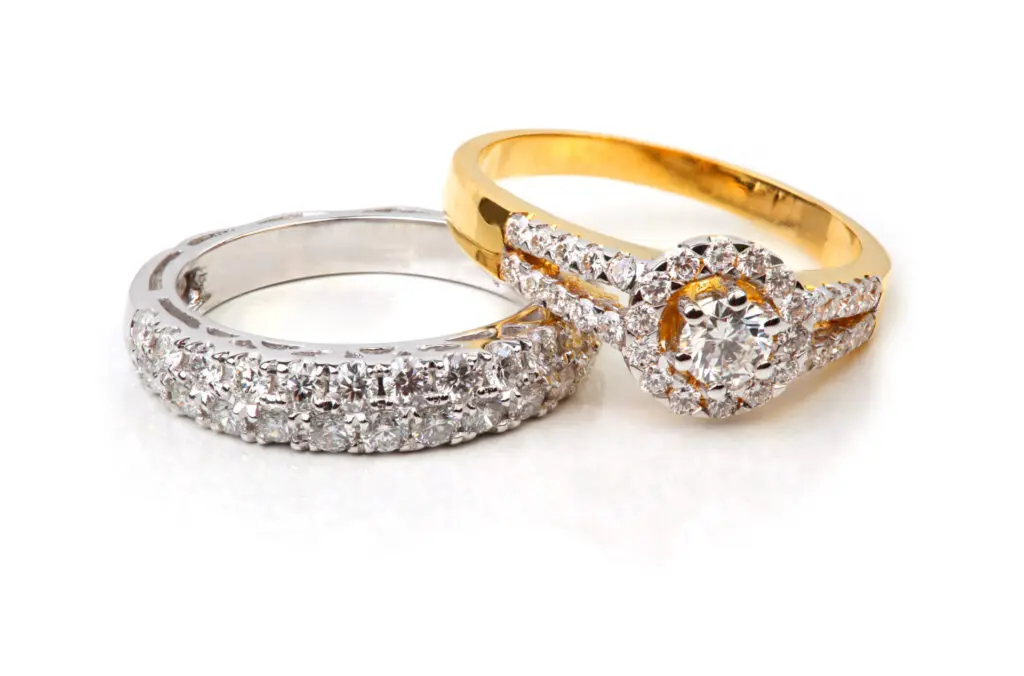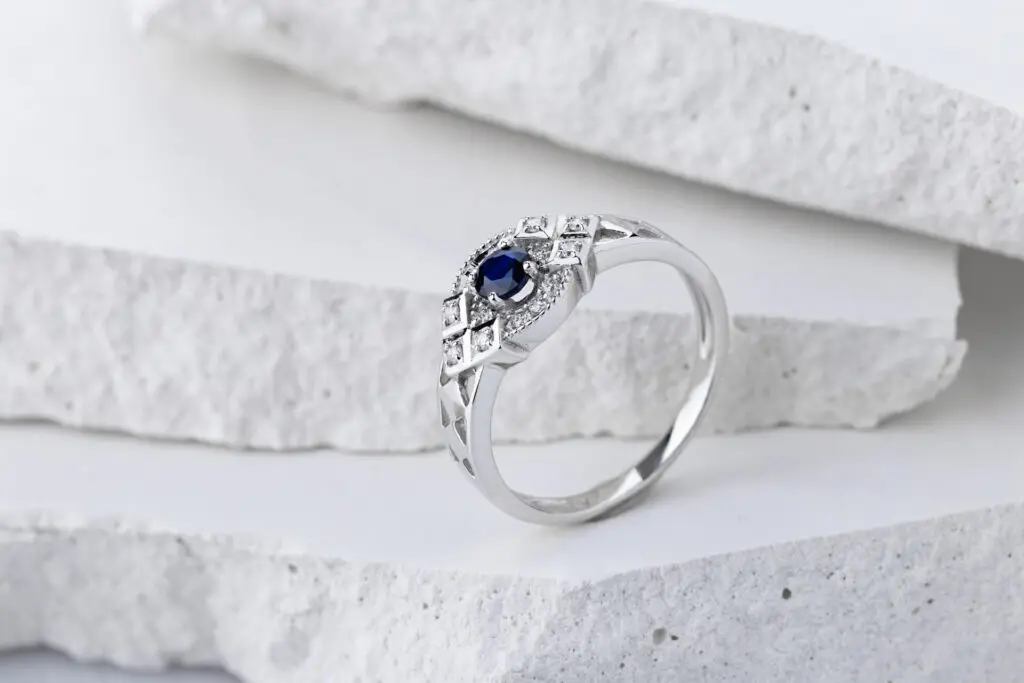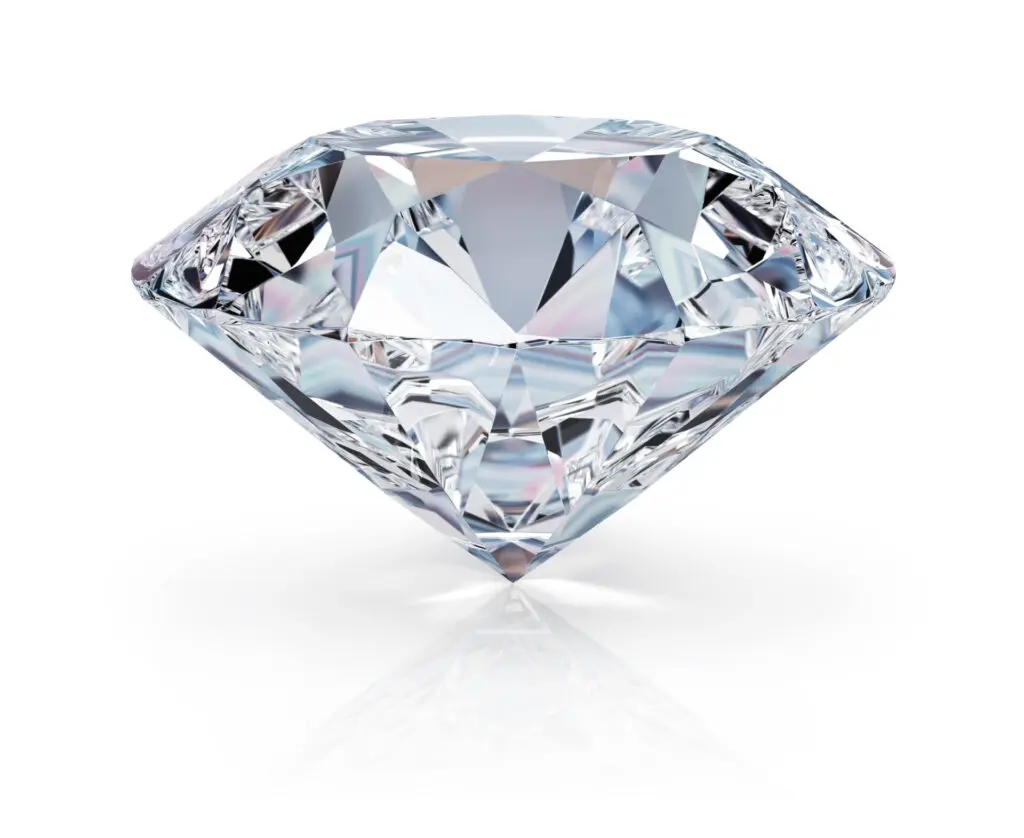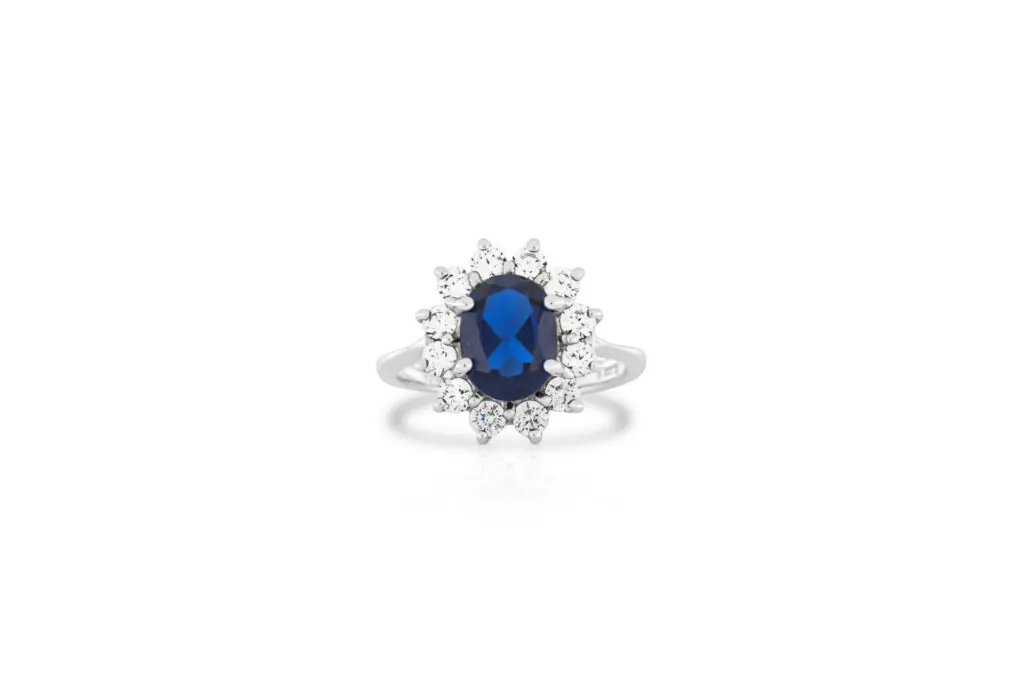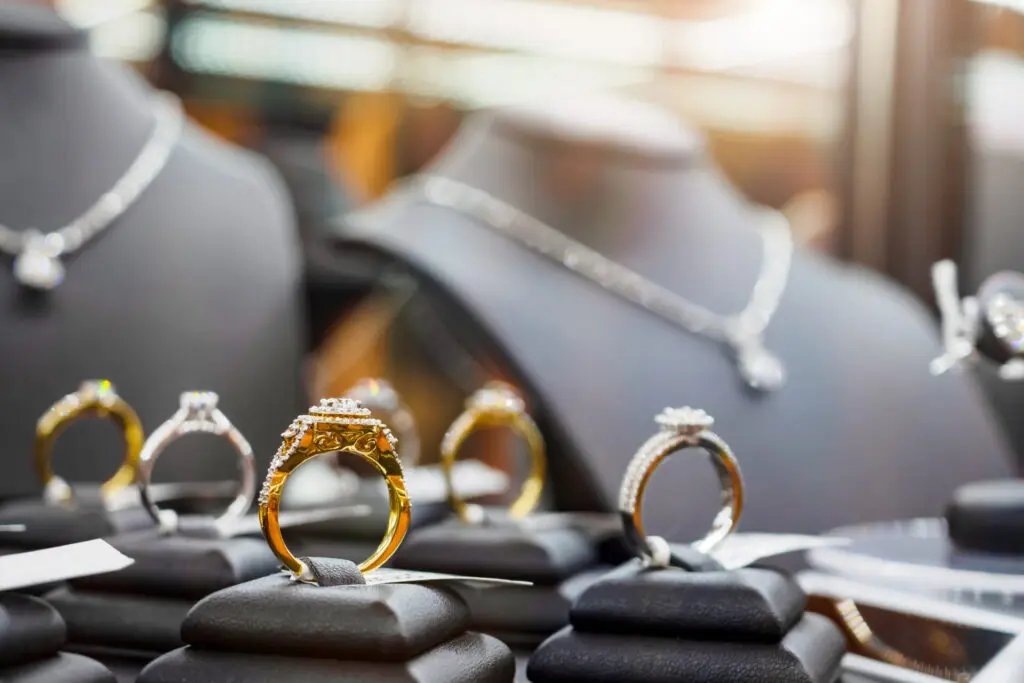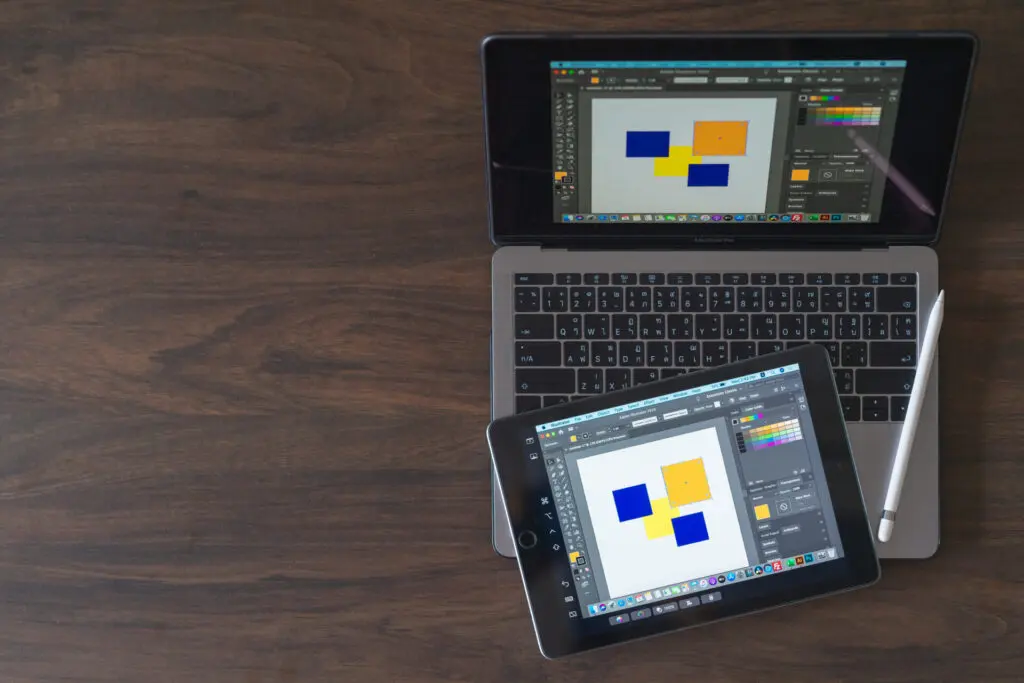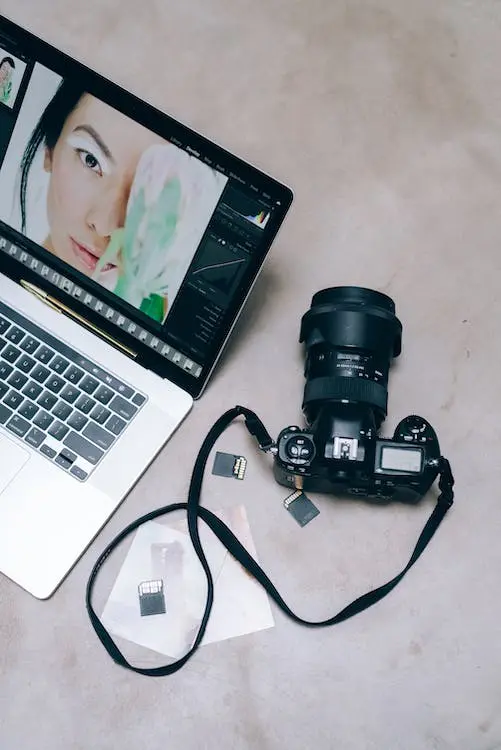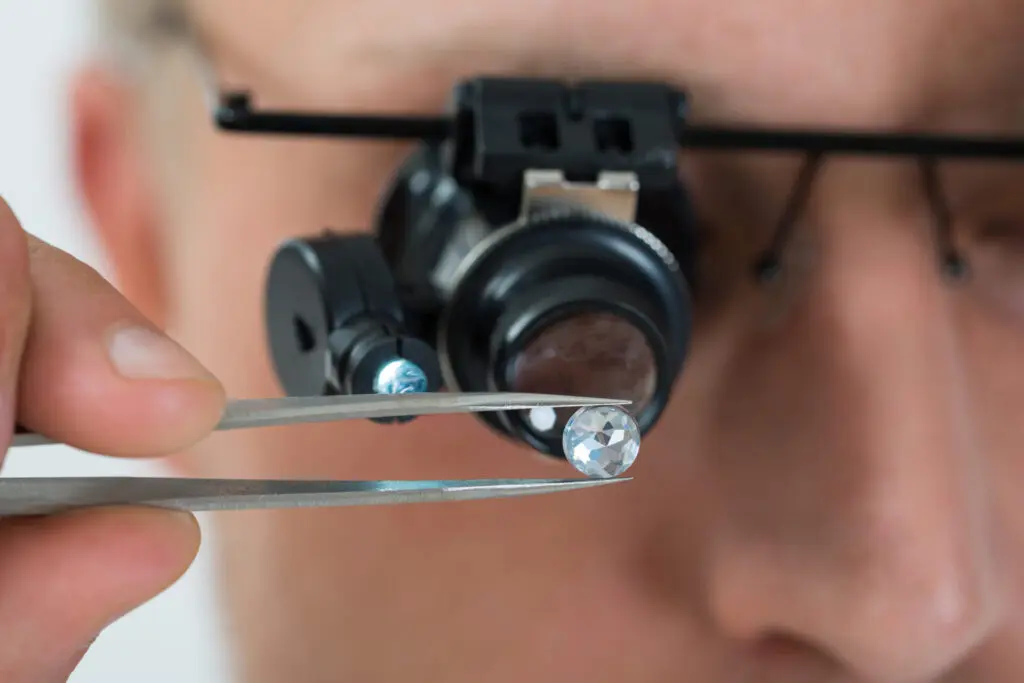"Get ready to capture the world with these 13 photography YouTube channels! From tips on lighting to drone photography, these experts will transform your skills and inspire your creativity.
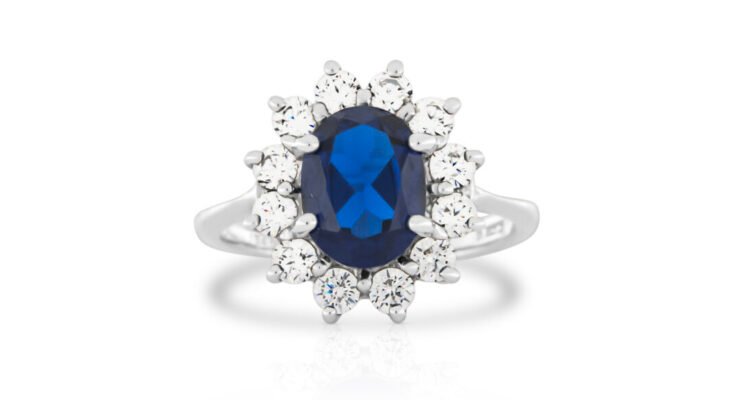
How to Edit Jewelry Product Images Like a Pro
In the world of e-commerce, product images are king. They are the first point of contact between your product and potential customers.
For jewelry, this is even more crucial. The sparkle, shine, and intricate details of your pieces need to be captured perfectly. But taking a good photo is just the beginning. The real magic happens in the editing process.
Jewelry product photo editing can transform a good image into a stunning one. It can highlight the beauty of your pieces, making them attractive to shoppers. In this guide, we’ll walk you through the process of editing jewelry product photos like a pro.
We’ll cover everything from the basics of photo editing to advanced retouching techniques. We’ll also delve into the tools of the trade, Photoshop and Lightroom. Whether you’re a beginner or an experienced photo editor, you’ll find valuable tips and techniques in this guide.
So, let’s dive in and learn how to make your jewelry product photos shine.
Understanding the Importance of Jewelry Product Photo Editing
In the digital age, having good pictures of your products is really important. They are the visual representation of your product to online shoppers.
For jewelry, the stakes are even higher. Customers want to see the sparkle of the gemstones, the shine of the metal, and the intricate details of the design. They want to imagine how the piece will look on them.
Jewelry product photo editing plays a crucial role in this. It enhances the visual appeal of your pieces, making them stand out in a crowded online marketplace. It allows you to showcase your jewelry in the best possible light, attracting more customers and driving more sales.
Preparing for the Jewelry Photo Shoot
Before you start editing, you need to capture the best raw images. This begins with proper preparation for the jewelry photo shoot.
First, clean your jewelry pieces thoroughly. Any dust or smudges can be magnified in the photos, making the editing process more difficult. Use a soft brush and jewelry cleaning solution to ensure your pieces are sparkling clean.
Proceed with your shoot planning. Decide on the type of shots you need, such as close-ups, different angles, and lifestyle shots.
Here are some tips to consider:
- Use a macro lens for detailed close-ups.
- Use a lightbox to control lighting and reduce shadows.
- Use props to create lifestyle shots and show scale.
Capturing the Best Raw Images
The quality of your raw images plays a significant role in the final outcome of your jewelry product photos. Therefore, it’s crucial to get the best shots from the start.
One key aspect is lighting. Proper lighting can bring out the sparkle and shine of your jewelry pieces. Use a combination of natural and artificial light to highlight the details and avoid harsh shadows.
Another important factor is the camera settings. Shoot in RAW format to capture the most detail and allow for greater flexibility during editing. Also, use a tripod to ensure sharp, steady shots.
Selecting the Right Background for Jewelry Photos
Choosing the right background for your jewelry photos can make a significant difference in their appeal. The background should complement the jewelry without distracting from it.
Neutral backgrounds, such as white or light gray, are often the best choice. They allow the jewelry to stand out and make it easier to remove the background during editing if needed.
However, don’t be afraid to experiment with different colors or textures. Just ensure that they enhance the jewelry’s features and align with your brand’s aesthetic.
Basic Photo Editing Techniques
Once you have your raw images, it’s time to start editing. The goal is to enhance the jewelry’s features and make it look as appealing as possible.
Start by importing your images into your preferred editing software. Adobe Lightroom and Photoshop are popular choices due to their extensive features and tools.
Here are some basic editing steps to follow:
- Crop and straighten the image.
- Adjust exposure and contrast.
- Correct color balance.
- Sharpen the image.
- Remove any blemishes or distractions.
Removing Backgrounds and Creating Consistency
One of the first steps in jewelry product photo editing is removing the background. This helps to create a consistent look across all your product images.
Use the Pen Tool in Photoshop for precise selection around the jewelry. Then, remove the background and replace it with a solid color or transparent layer.
Don’t forget to save the picture without a background if you want to use it on various backgrounds later on.
Cleaning Up Images and Removing Blemishes
First, make your images better by getting rid of things like dust, scratches, or reflections that might take away from the jewelry.
Use the Healing Brush, Clone Stamp or Mixer Brush tool in Photoshop for this task. Be careful not to overdo it, as you want to maintain the natural look of the jewelry.
The aim is to make the jewelry look better, not to make it seem like something it’s not.
Adjusting Color Balance and Vibrancy
Color correction is a crucial step in jewelry product photo editing. It ensures that the colors of the jewelry in the images accurately represent the real product.
Adjust the color balance and vibrancy in your editing tool to make the colors look better. Be careful not to over-saturate the colors, as this can make the image look unnatural.
Finally, remember to check your edits on different devices to ensure color consistency.
Advanced Jewelry Photo Retouching Techniques
After mastering the basics, it’s time to delve into more advanced techniques. These can help you bring out the best in your jewelry product photos.
Variety of methods are used to make gemstones shiny, create shadows and reflections to make them look real. Adjustment layers are used to edit the image without changing the original.
Here are some advanced techniques to consider:
- Dodging and burning to enhance details.
- Split toning for creative color grading.
- Texture overlays for added depth.
- Using filters and effects for unique looks.
Enhancing Sparkle and Shine
One of the key aspects of jewelry product photos is the sparkle and shine. This is what makes the jewelry stand out and look appealing.
To enhance the sparkle, use the Dodge Tool in Photoshop. Carefully apply it to the areas where light naturally hits the gemstones.
For the metal parts, use the Burn Tool to deepen the shadows and enhance the shine. Remember, subtlety is key here.
Creating Realistic Shadows and Reflections
Shadows and reflections can add depth and realism to your jewelry photos. However, they can be tricky to get right.
Use the Drop Shadow effect in Photoshop to create a realistic shadow. Adjust the opacity, distance, and size to match the lighting in your photo.
Duplicate the jewelry layer, flip it upside down, and decrease its opacity to create a reflection of the jewelry.
Using Adjustment Layers for Non-Destructive Editing
Non-destructive editing allows you to make changes without permanently altering the original image. This is where adjustment layers come in.
In Photoshop, you can add adjustment layers for various edits like brightness, contrast, and color balance. These layers can be toggled on and off, and their opacity can be adjusted.
This innovative tool provides users with a high level of control and flexibility when making edits to their images. The app is easy to use and offers many editing choices. People can try different ways to edit pictures and test out various effects without changing the original image forever.
Lightroom and Photoshop: Tools of the Trade
When it comes to jewelry product photo editing, two tools stand out: Adobe Lightroom and Photoshop. Each provides an extensive array of capabilities to improve your product photos.
Lightroom is excellent for batch editing and basic adjustments. It allows you to apply the same edits to multiple photos at once, saving you time.
Photoshop, on the other hand, is perfect for detailed retouching. It offers advanced tools like the Pen Tool, Healing Brush, and Clone Stamp, which can be used for precise edits.
Here are some key features of both:
- Lightroom: Batch editing, color correction, exposure adjustment, cropping and straightening, noise reduction, lens correction.
- Photoshop: Detailed retouching, background removal, layer-based editing, advanced filters and effects, text and graphic addition.
Batch Editing with Lightroom
If you have a large number of jewelry photos to edit, Lightroom’s batch editing feature can be a lifesaver. It allows you to apply the same edits to multiple photos at once.
Start by editing one photo to your liking. Then, simply copy the settings and paste them onto the other photos. This ensures consistency across your product images.
Remember to review each photo after applying the batch edits. Some photos may require additional adjustments to look their best.
Precision Editing with Photoshop
For detailed retouching, Photoshop is the tool of choice. It offers a range of advanced tools that allow for precise edits.
The Pen Tool, for example, is perfect for selecting and isolating parts of the image. The Healing Brush and Clone Stamp tools can be used to remove blemishes and imperfections.
Remember, precision editing requires patience and practice. Take your time to learn the tools and techniques, and don’t be afraid to experiment.
Maintaining Image Quality and Organizing Edited Photos
After editing your jewelry product photos, it’s crucial to maintain their quality. This is especially important when resizing or compressing images for web use.
Resizing should be done carefully to avoid pixelation. When compressing, choose a format that offers a good balance between image quality and file size. JPEG and PNG are commonly used formats.
Here are some tips for maintaining image quality:
- Use the ‘Save for Web’ feature in Photoshop for optimized images.
- Avoid excessive compression which can lead to loss of detail.
- Regularly calibrate your monitor for accurate color representation.
Organizing your edited photos is equally important. This not only helps you locate files easily but also improves SEO when the images are used online.
Common Challenges and How to Overcome Them
Jewelry product photo editing comes with its own set of challenges. One common issue is dealing with reflections and glare on shiny surfaces. This can be addressed by using a polarizing filter during the shoot or by careful retouching in post-production.
Another challenge is maintaining the natural look of the jewelry while enhancing its features. Over-editing can make the product look artificial. To avoid this, use a light hand with adjustments and always refer back to the original image.
Lastly, consistency across a jewelry collection can be difficult to achieve. This is where creating a style guide and using batch editing tools can be beneficial. Remember, practice makes perfect. The more you edit, the better you’ll get at overcoming these challenges.
Conclusion: The Art of Jewelry Product Photo Editing
Editing jewelry requires skill and creativity. It’s about enhancing the beauty of the product while maintaining its originality. The aim is to make images that look good and show the jewelry accurately to customers.
Remember, the best edited images are those that don’t look edited at all.
It’s important to make your jewelry photos look good so that people will want to buy them from your online store. Use a good camera and lighting to make your photos better. Pay attention to how you arrange your jewelry and make sure it’s in focus. Taking good photos will make your store look better and show off the quality of your jewelry.
Additional Resources and Further Learning
Mastering jewelry product photo editing is a continuous journey that requires practice and learning new techniques.
Here are some resources that can help you improve your skills:
- Adobe’s official tutorials for Photoshop and Lightroom
- Online courses on platforms like Udemy, Coursera, and Skillshare
- Photography and editing forums like DPReview and Photo.net
- YouTube channels dedicated to photo editing
- Books on product photography and photo editing
- Visit PhotoEditingCompany Jewelry Gallery for Reference
Remember, the key to becoming a pro is patience, practice, and a passion for learning.

